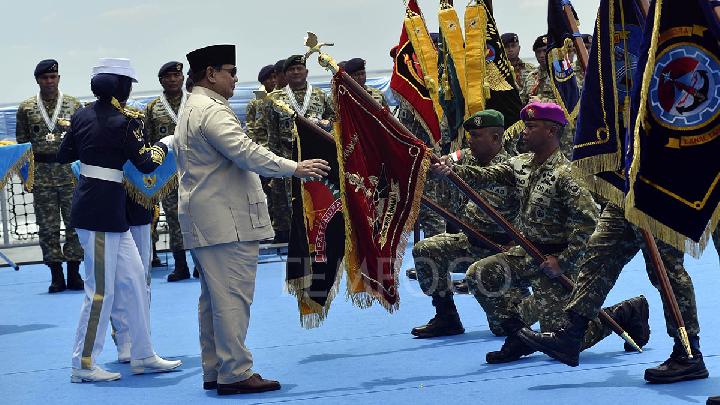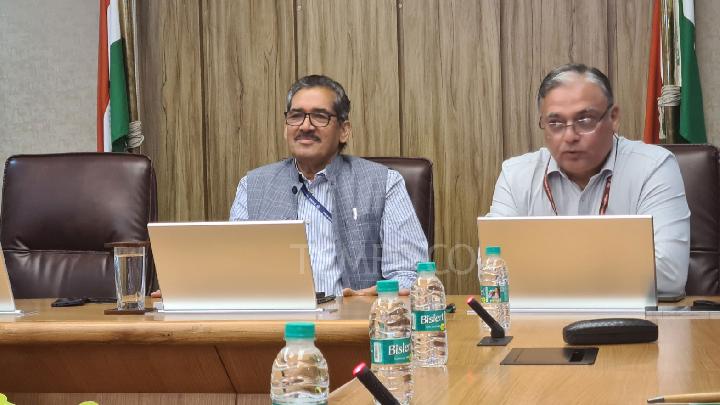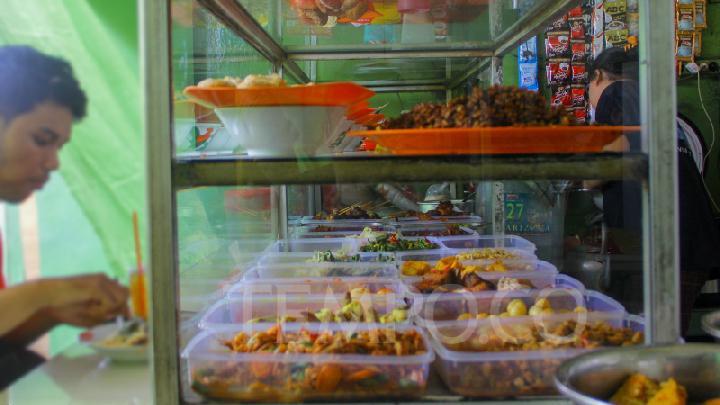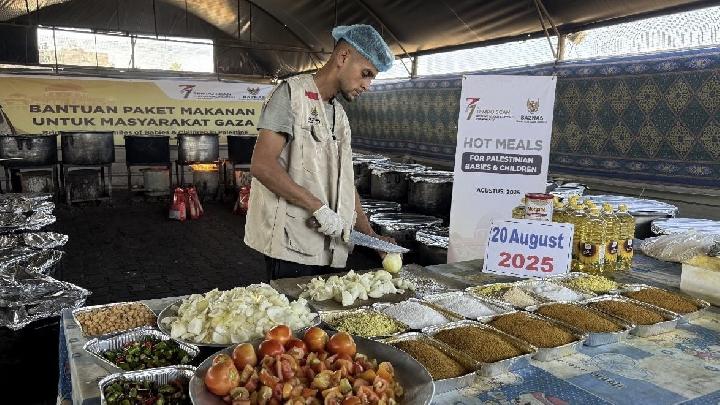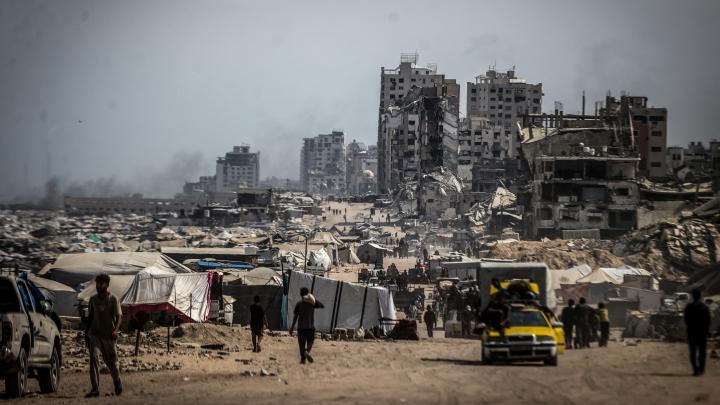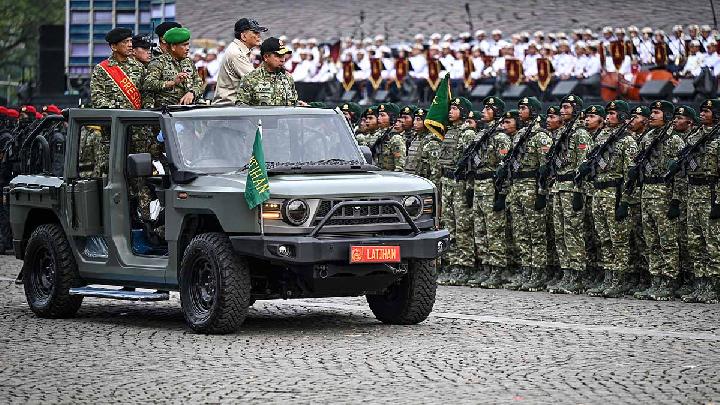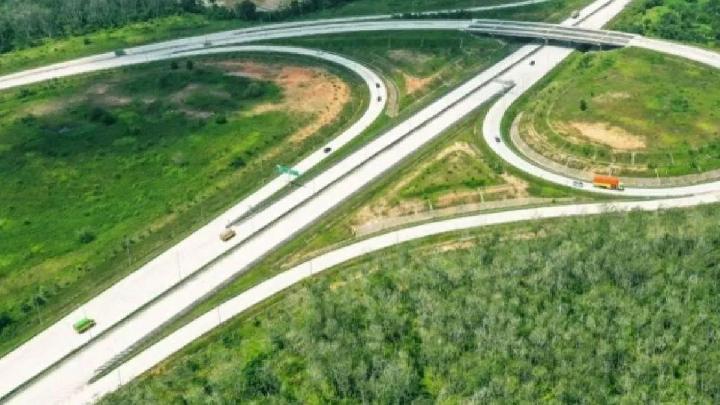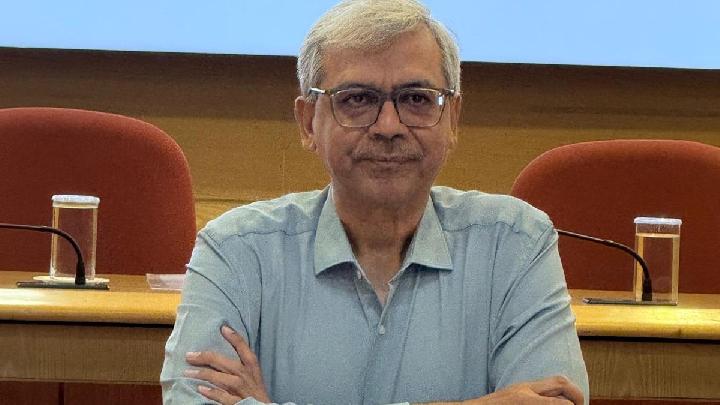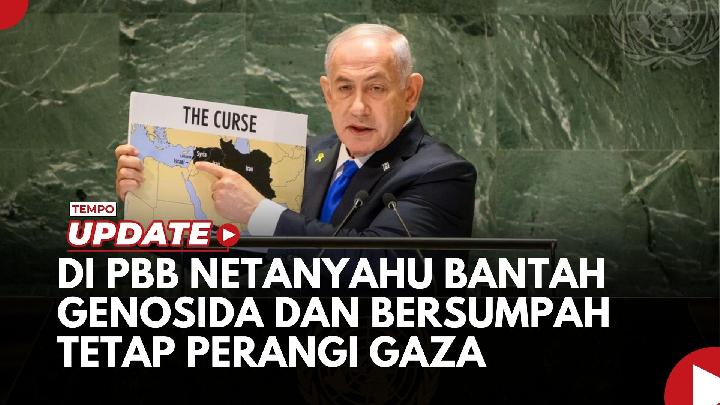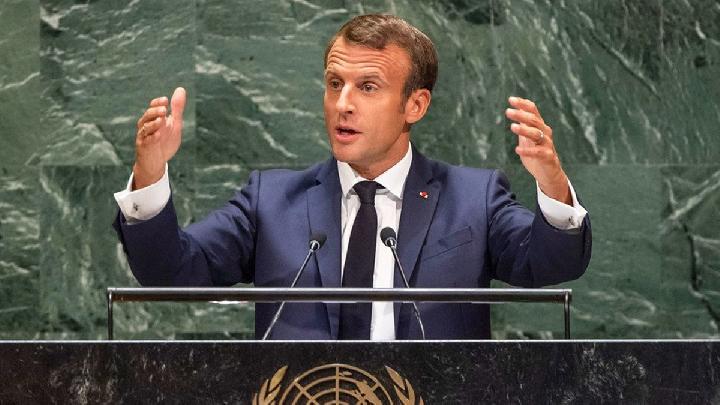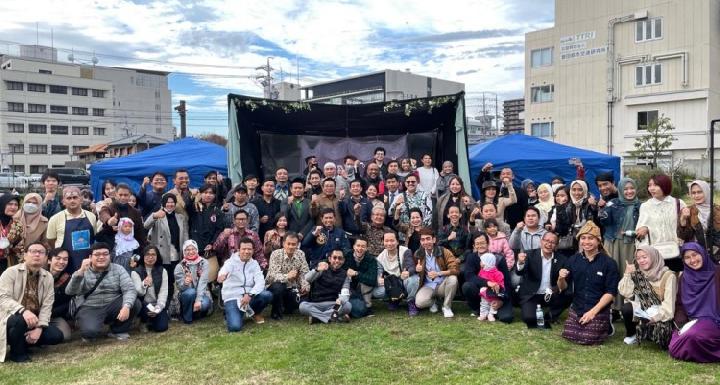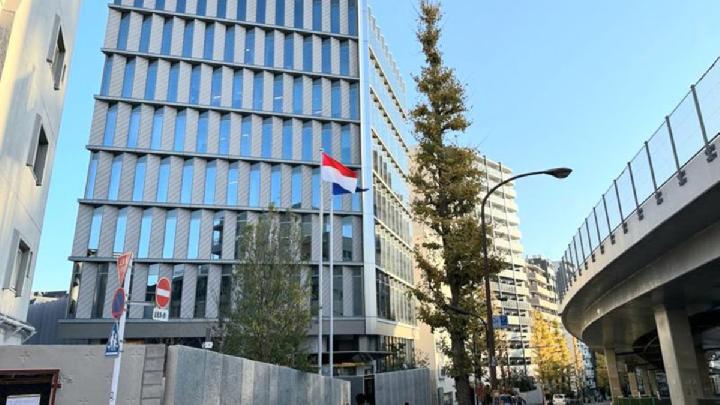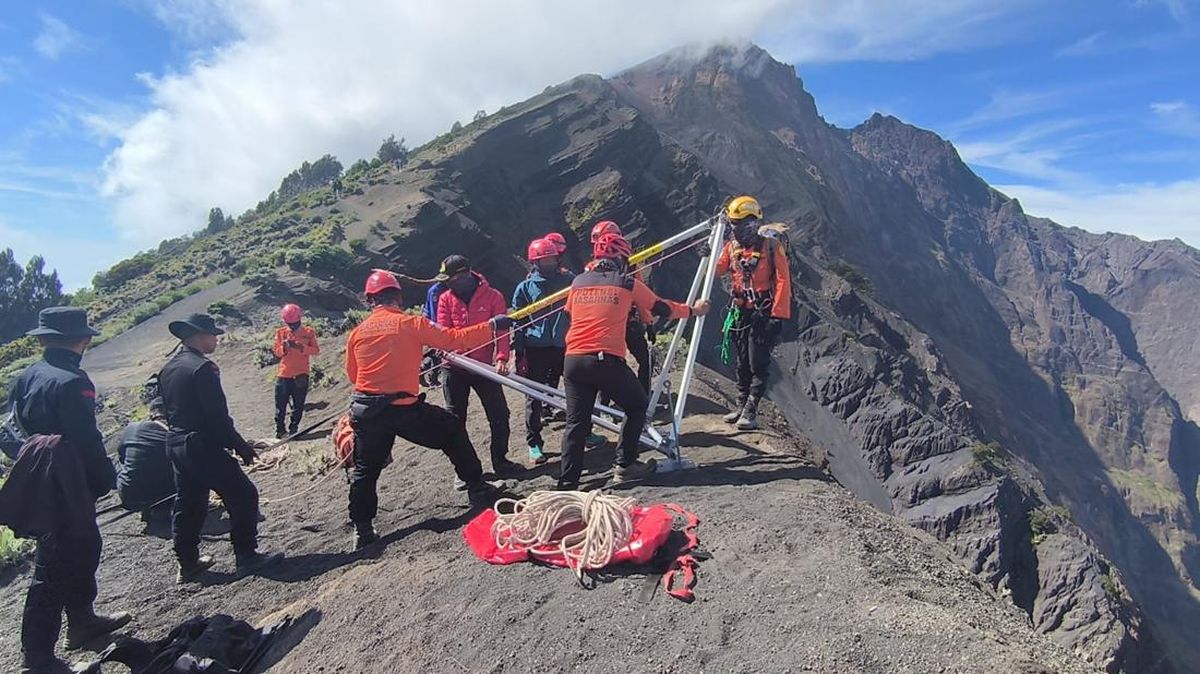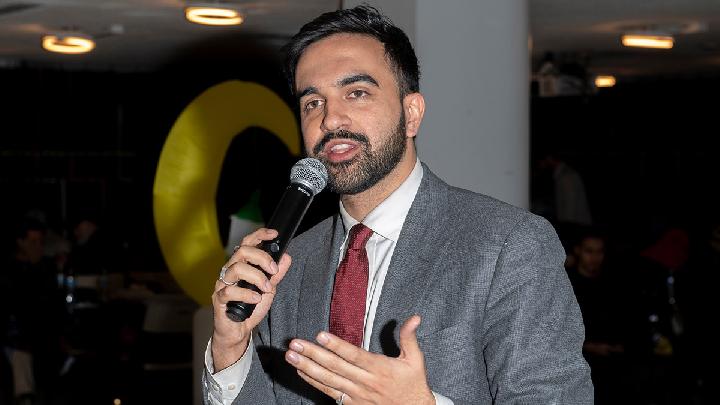TEMPO.CO, New Delhi - India’s Ministry of Development of North Eastern Region (MDoNER) underscored the strategic and economic significance of the country’s eight northeastern states during an interactive session with visiting journalists from Southeast Asia during the ‘Familiarization Visit of Journalists to India’, on September 25, 2025, emphasizing the region’s potential as both a growth engine for the nation and a bridge to Southeast Asia.
Addressing the delegation, Chanchal Kumar, Secretary of MDoNER, explained that the ministry’s mandate covers all eight northeastern states — Sikkim, Assam, Meghalaya, Manipur, Mizoram, Nagaland, Tripura, and Arunachal Pradesh — which together account for 8 percent of India’s land area but less than 4 percent of its population. Despite this, he said, the region is vital “both strategically as well as functionally, as the growth engine for the rest of the country.”
According to Kumar, the northeastern region has been growing faster than the national average, bolstered by targeted development programs. “The Government of India gives special prominence to the development of the northeast region,” he said. “Even though the population is less than 4 percent, most important ministries spend at least 10 percent of their budget in the area.” He added that Prime Minister Narendra Modi often refers to the eight states as Ashta Lakshmi, meaning “the eight goddesses of prosperity.”
Highlighting the region’s rich biodiversity and resources, Kumar described it as one of the world’s major biodiversity hotspots, with 65 percent of its area under forest cover. Once poorly connected, the region now boasts improved infrastructure — including roads, railways, air links, waterways, and digital connectivity — transforming it into a key tourism and investment destination.
He also noted the agricultural diversity of the region, with Sikkim recognized as India’s first fully organic state and other states practicing what he called “naturally organic” farming. The area is home to more than 50 Geographical Indication (GI) tags for unique products such as large cardamom, lakadong turmeric, bhut jolokia chili, mandarin oranges, and black rice. The ministry, he added, aims to secure more than 200 additional GI tags within the next few years.
The Secretary also announced that the first semiconductor fabrication unit in the region is being established in Assam with an investment of INR 27,000 crore (The meaning of ‘crore’ is ten million; specifically: a unit of value equal to ten million rupees), expected to generate more than 15,000 jobs. “This shows the region’s capability in attracting high-end technology and skilled manpower,” he said, noting the area’s high literacy rate and educational institutions such as IITs, NITs, IIITs, and IIMs.
MDoNER is also promoting investment in sectors such as information technology, food processing, textiles, handicrafts, and medical tourism. “We are engaging with Southeast Asian governments to promote cooperation in IT, agriculture, and creative industries,” Kumar said, adding that memoranda of understanding have been signed with agencies from Thailand and other nations.
MDoNER’s Historical and Cultural Diversity
Joining the session, Joint Secretary Niraj Kumar elaborated on the region’s historical and cultural diversity, describing the northeast as “the frontier for the future.” He highlighted its strategic location bordering Myanmar, Bangladesh, Bhutan, Nepal, and China, and said new transport corridors — including the India-Myanmar-Thailand Trilateral Highway and the Kaladan Multimodal Transit Project — will soon enhance connectivity across the region.
He added that the northeast’s cultural richness is reflected in its 145 major tribes, multiple languages, textiles, and traditional crafts. “This is not only a biodiversity hotspot but also a living museum of human diversity,” he said, emphasizing that the ministry aims to balance development with preservation of heritage and identity.
Kumar also spoke of the northeast’s potential as a hub for sports, music, and cultural tourism, noting its contribution to India’s athletic success and its shared cultural affinities with Southeast Asia. “Our focus is to make the northeast a hub of economic and cultural linkages — a true bridge between India and Southeast Asia,” he said.
The ministry reported that at the Rising North East Investment Summit, held earlier this year and inaugurated by Prime Minister Modi, investment proposals worth over INR 4.48 lakh crore (about US$50 billion) were received. “Now we are in the process of grounding these proposals across the northeastern states,” Kumar said, expressing optimism about the region’s political stability, improved policies, and investment climate.
Editor’s Choice: How ICMR Became India's Frontline Against COVID-19
Click here to get the latest news updates from Tempo on Google News

